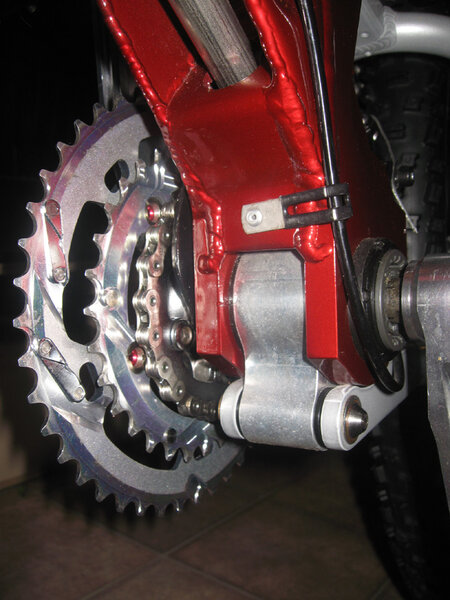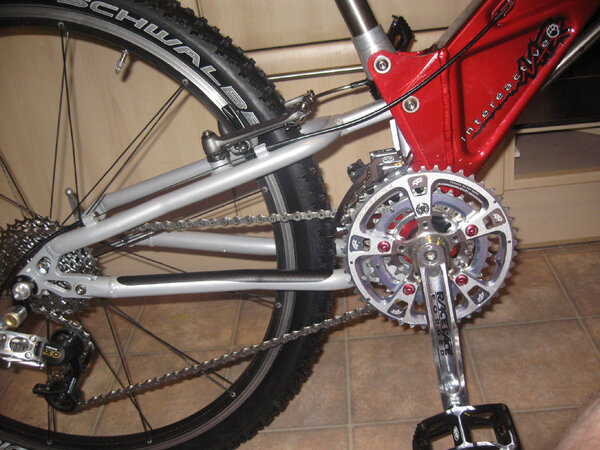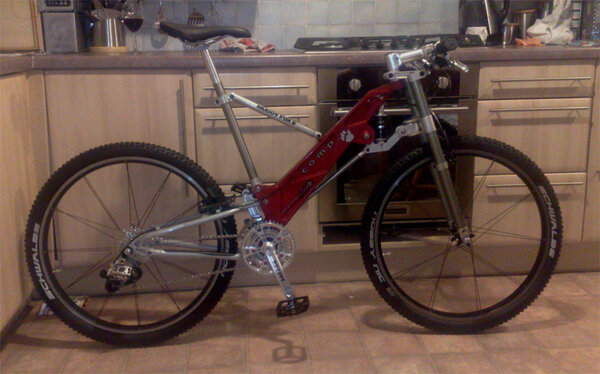You're spot on with the "without stopping" comment. The bikes were a reaction against the Rough Stuff Fellowship philosophy of getting off and walking for difficult terrain. Cleland riders don't like to stop for anything even when walking would be easier. (it's a trials bike mentality).
The problem in this instance is that the nature of the test would probably determine the outcome. I could devise tests were only a Cleland would complete the course. (i.e. heavy clay and leaf litter, where the bike wheels grow in size as you ride, the chain acts as a mud scraper/conveyor belt until either the wheels seize up or the freewheel becomes a big ball of mud and leaves).
It's a mater of "horses for courses" The Clelands are lousey road bikes, especially with a headwind.
Riding Clelands next to a variety of other styles of mountain bike means that I already know their strengths and weaknesses. They are in fact good downhill bikes when competing with 'Classic' American mountain bikes. I recall one instance when a team of four Clelands came first in an English downhill competition but couldn't claim the trophy because six were needed for a team.
The US style bikes,through continued investment, have evolved exponentialy. Geoff Apps and others are still evolving the Clelands but at a snails pace and have more ideas, than time and money. The Clelands approached the problems of cycling off road from a different point of view that has not been commercialy explored.
For me, It's nothing to do with racing and everything to do with being able to tour for days on end, in all weathers and trail conditions, without any of the usual reliably and comfort issues.
My Highpath is 20yrs old and done several thousand miles of all weather cycling in varios European countries. It's equipment is nearly all original apart from 1 new freewheel, several chainrings, chains sadles, and pedals, 1 set of front brake shoes, lots of tyres/tubes.
Maintainance is minimal, oil the chain gears etc. Chisel off dried on mud (to reduce weight), and replace tyres/tubes/tighten spokes as needed.
I avoid the worst trail conditions with my modern bikes but not with this one.
They don't make bikes like this anymore. In fact they seldom did in the past either.



